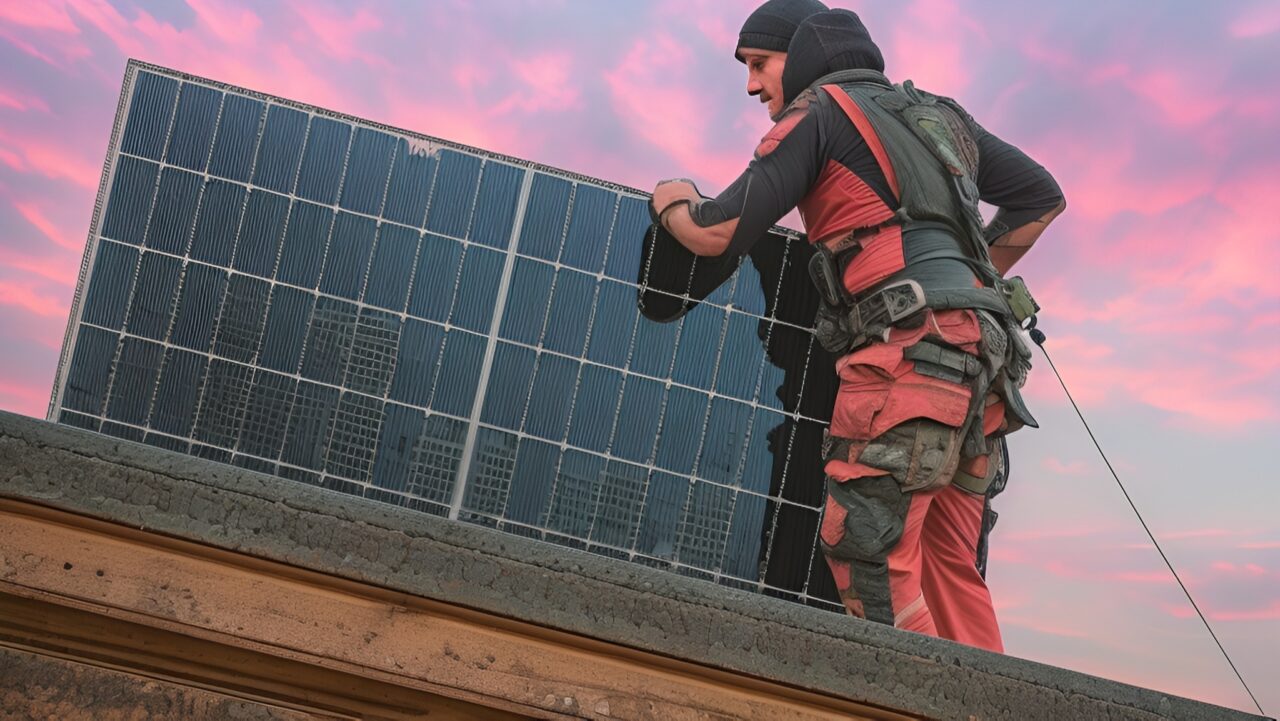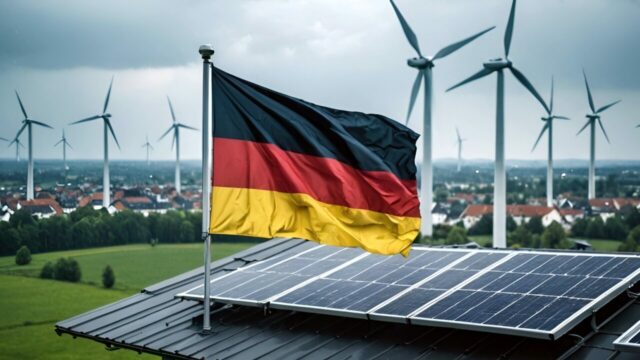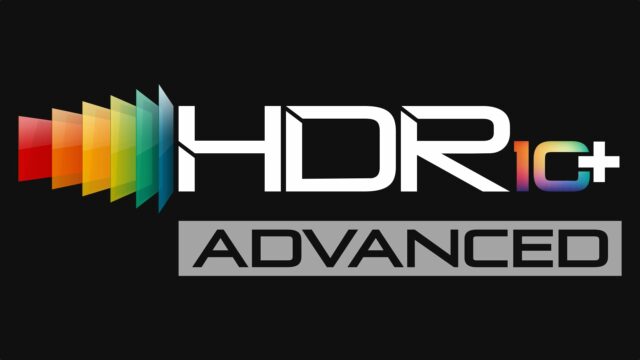When France’s first photovoltaic (PV) system was installed in 1992, no one expected it to last this long. Yet, 31 years later, this solar panel is still operating with 79.5% efficiency. How is this possible? Here are the details…
The solar panel installed 31 years ago shows a 79.5% efficiency rate
The manufacturer at the time promised that the solar panel system would retain 80% of its performance even after 25 years. And indeed, this promise has largely come true. Laboratory tests were conducted, where the solar panel was tested under controlled light conditions and the results were compared with the values from when the system was first installed. These tests aligned with results from tests conducted in the system’s 20th year, showing a performance of 91.7% back then.

Looking at Europe’s oldest PV system, the TISO-10 system in Switzerland, installed in 1982, still operates at 80% performance even after 35 years. Despite the aging effects over time, these old panels still do their job. Of course, there are some wear and tear issues such as corrosion, damaged connection cables, and hot spots, but overall, the performance remains quite good.
These golden results show that solar panel systems can operate with high performance even in the long term. However, this doesn’t mean the same results will apply to every brand of solar panel. Maintaining the performance levels promised by manufacturers increases the reliability of solar energy investments. Aside from wear and tear caused by environmental factors, solar panels can work for years without significant drops in energy production.
These systems, still functioning almost like new even after 31 years, have further strengthened our belief in green energy. What do you think about the long-term performance of solar energy systems? How many years do you think the panels we use today will last? Don’t forget to share your thoughts in the comments below!














